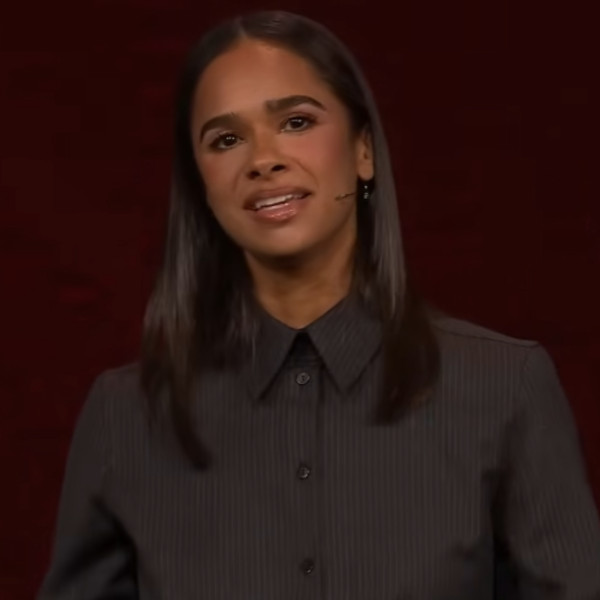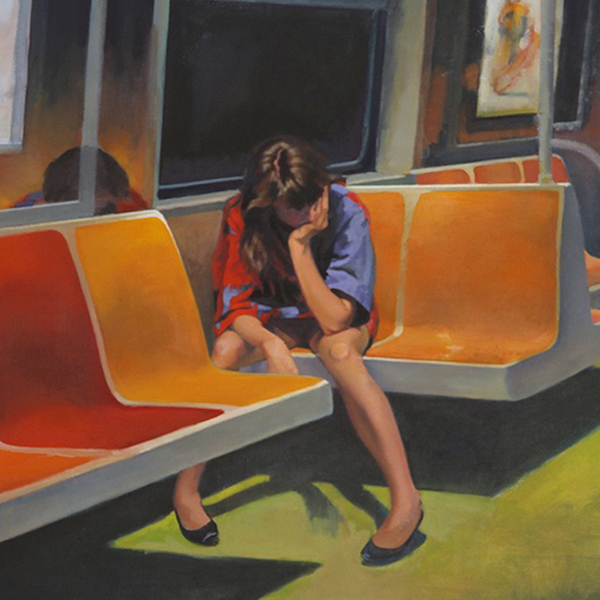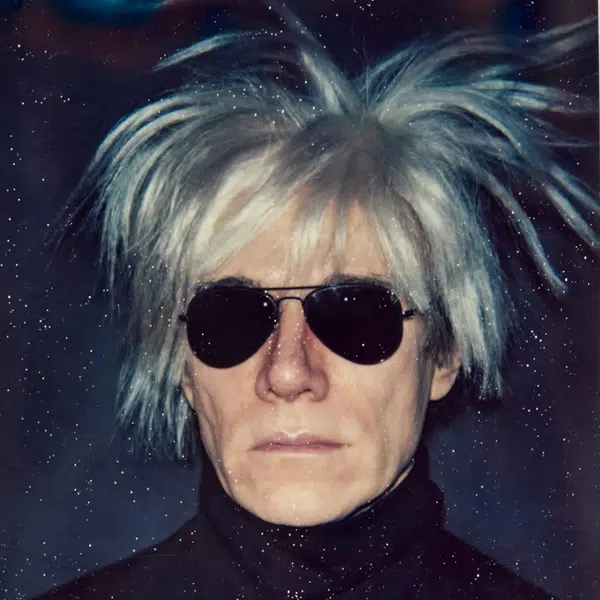
Fana Tesfagiorgis (Alvin Ailey American Dance Theater). Clothing by Naeem Khan.
This post may contain affiliate links. If you make a purchase, My Modern Met may earn an affiliate commission. Please read our disclosure for more info.
Bringing together fashion and dance, The Style of Movement is the latest book by Ken Browar and Deborah Ory of NYC Dance Project. The husband-and-wife team has photographed some of today's top modern and ballet dancers in the United States, pairing them with incredible costumes that are brought to life through their movement. The ebb and flow of each piece of clothing is on full display with every flick of the wrist or jeté, and the duo expertly captures it all through their lens.
It's an incredible follow up to their highly successful The Art of Movement, which introduced the world to their take on dance photography. By draping these dancers in clothes by designers like Dior, Issey Miyake, Oscar de la Renta, and Valentino, they're paying homage to both artistic worlds. Complementing these designer fashions are vintage costumes designed by the legendary Martha Graham. Seeing these archival pieces in motion as they were intended only helps reinforce the symbiotic relationship between the two art forms.
In the foreword, written by Valentino, the iconic fashion designer touches upon how important motion is to his work as a creative. “I have always designed thinking about the movement of the woman wearing the dress—where would she wear it, how would she move in it, and what does it mean to her. A dress should never be designed just to be viewed from just one angle; movement must be considered in an entire 360-degree point of view. Wearing clothing is about expressing emotion—just the way dance is.”
The Style of Movement, published by Rizzoli, contains 250 photographs over 304 pages and not only includes a foreword by Valentino, but also an introduction by the former curator of the fashion and textile collection at Musée Les Arts Décoratifs in Paris, Pamela Golbin.
We had a chance to speak with Ken Browar and Deborah Ory about their thoughts on the relationship between fashion and dance as well as how they went about pairing the dancers with their looks. Read on for My Modern Met's exclusive interview.
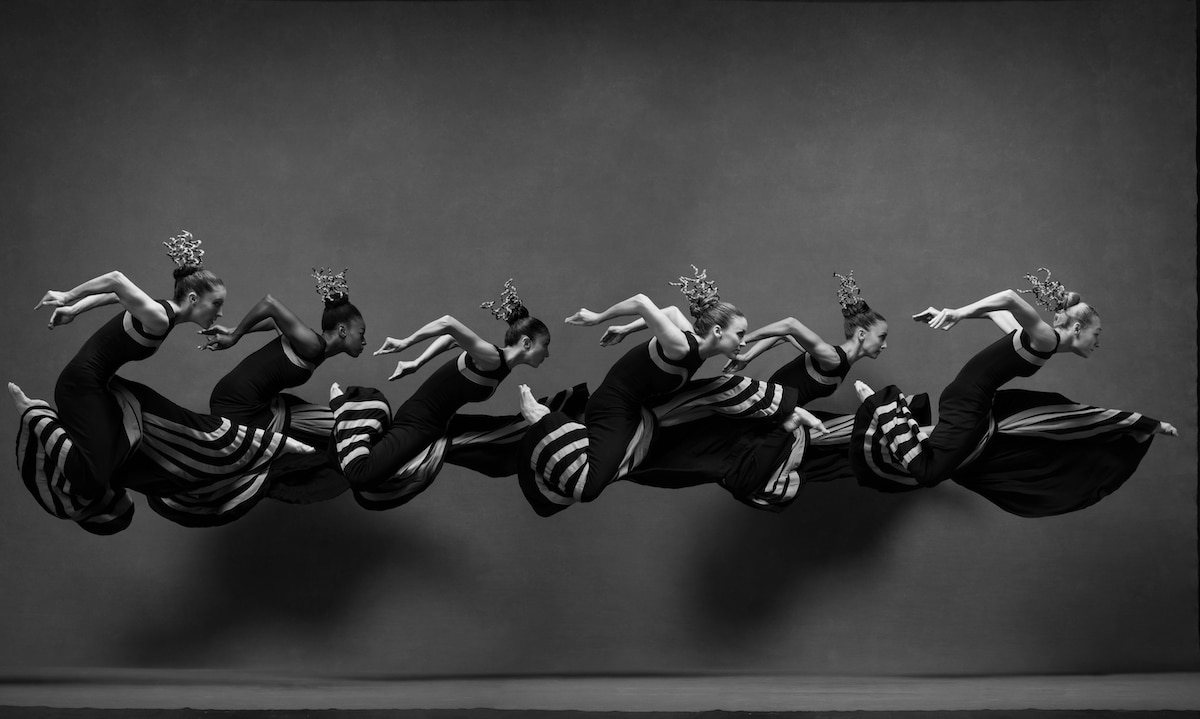
Laurel Dalley Smith, Leslie Williams, So Young An, Anne O'Donnell, Anne Souder, Charlotte Landreau (Martha Graham Dance Company). Costumes by Martha Graham for “Night Journey”.
In The Style of Movement, fashion takes center stage along with the dancers. Why was this important to you?
Dance and fashion have actually always had a close relationship—fashion designers both designed for and have found inspiration in dance. Dancers and choreographers have always loved fashion, and companies such as New York City Ballet have, in the past, devoted an entire season each year to their collaborations with fashion designers.
We wanted to explore this relationship and how it affected the movement, shapes, and emotions in our images. Dancers have unique ways of moving, a movement that allows the clothing to take on a life of its own and become another element in the photograph. The clothing is like a partner for the dancer and allows for unique and interesting shapes to be created, while also adding emphasis to the emotion and mood of that image.
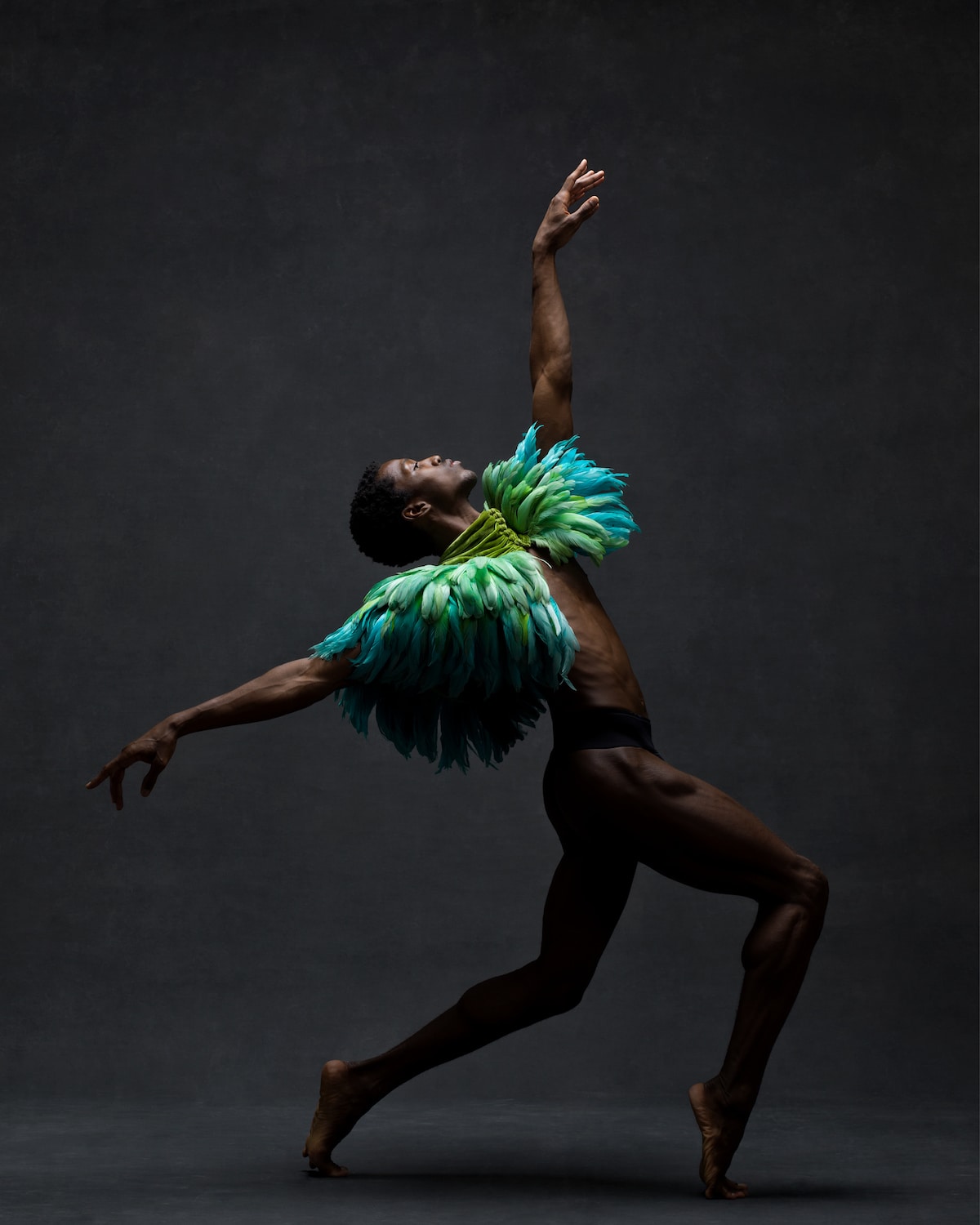
Calvin Royal III (Soloist, American Ballet Theatre). Vintage cape by Dior, courtesy New York Vintage.
What was the creative process for pairing dancers with particular costumes?
When pairing the dancers with the clothing we tried to take into account many different elements. We wanted to be sure that the clothing would be flattering both to a dancer’s physique and their style of movement. We would always discuss with the dancer before the photoshoot what type of clothing they generally preferred to wear, their personal style, and what they most enjoyed moving in.
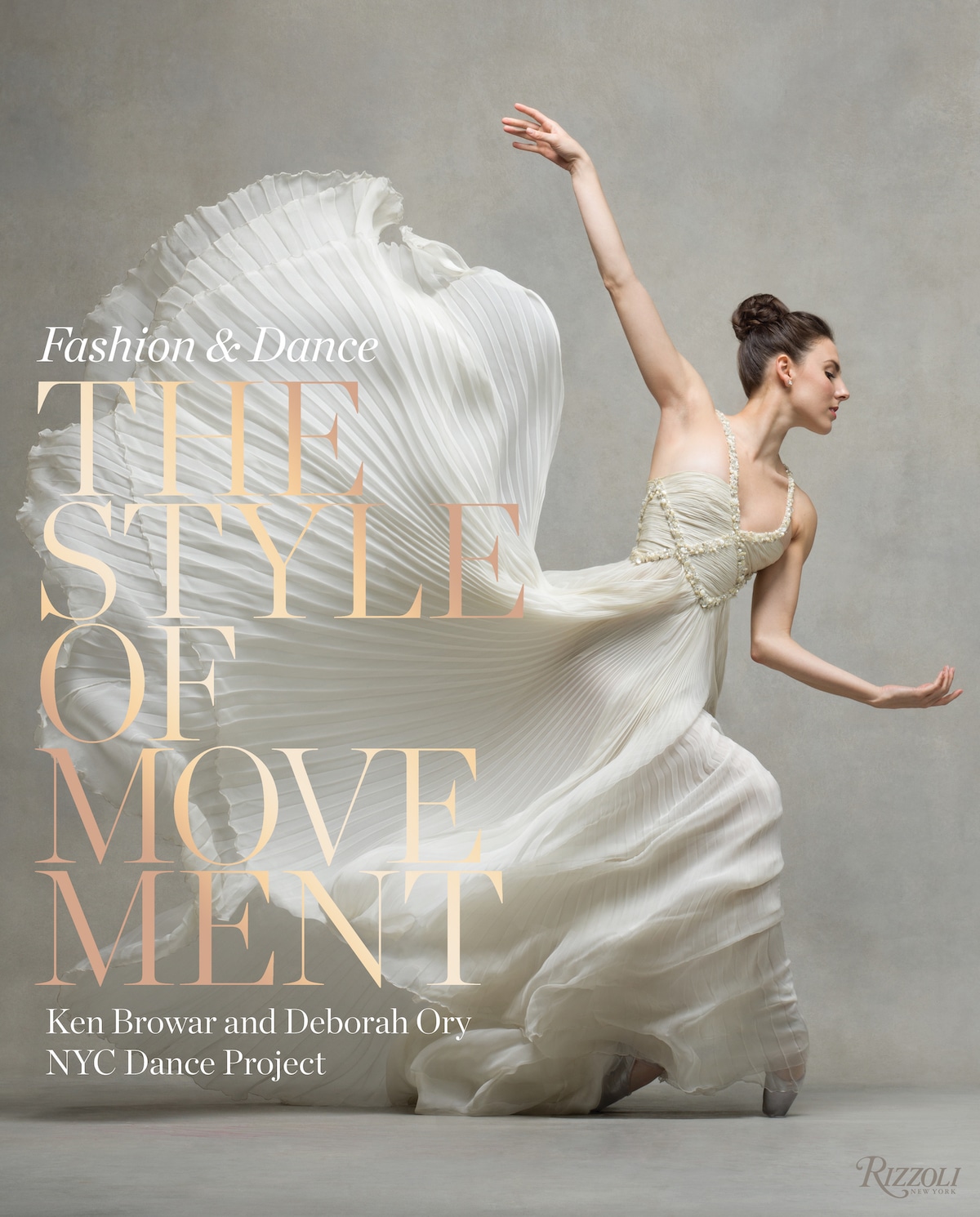
Tiler Peck (Principal, New York City Ballet). Clothing by Valentino.
Were there any particular costumes that you were extra thrilled to be able to photograph a dancer in?
We loved working with all the costumes/garments in the book—they are each so special and amazing on each of the dancers they’re paired with. I think we particularly loved working with the Halston costume that was designed for Martha Graham (worn on Principal dancer, Lloyd Knight). It was an original piece from the Martha Graham archives, and belongs in a museum!
We also had the pleasure of photographing Tiler Peck in two dresses that Mr. Valentino himself personally picked out especially for her. They were vintage pieces that came from a museum and were absolutely stunning—the cover image is one of those dresses.
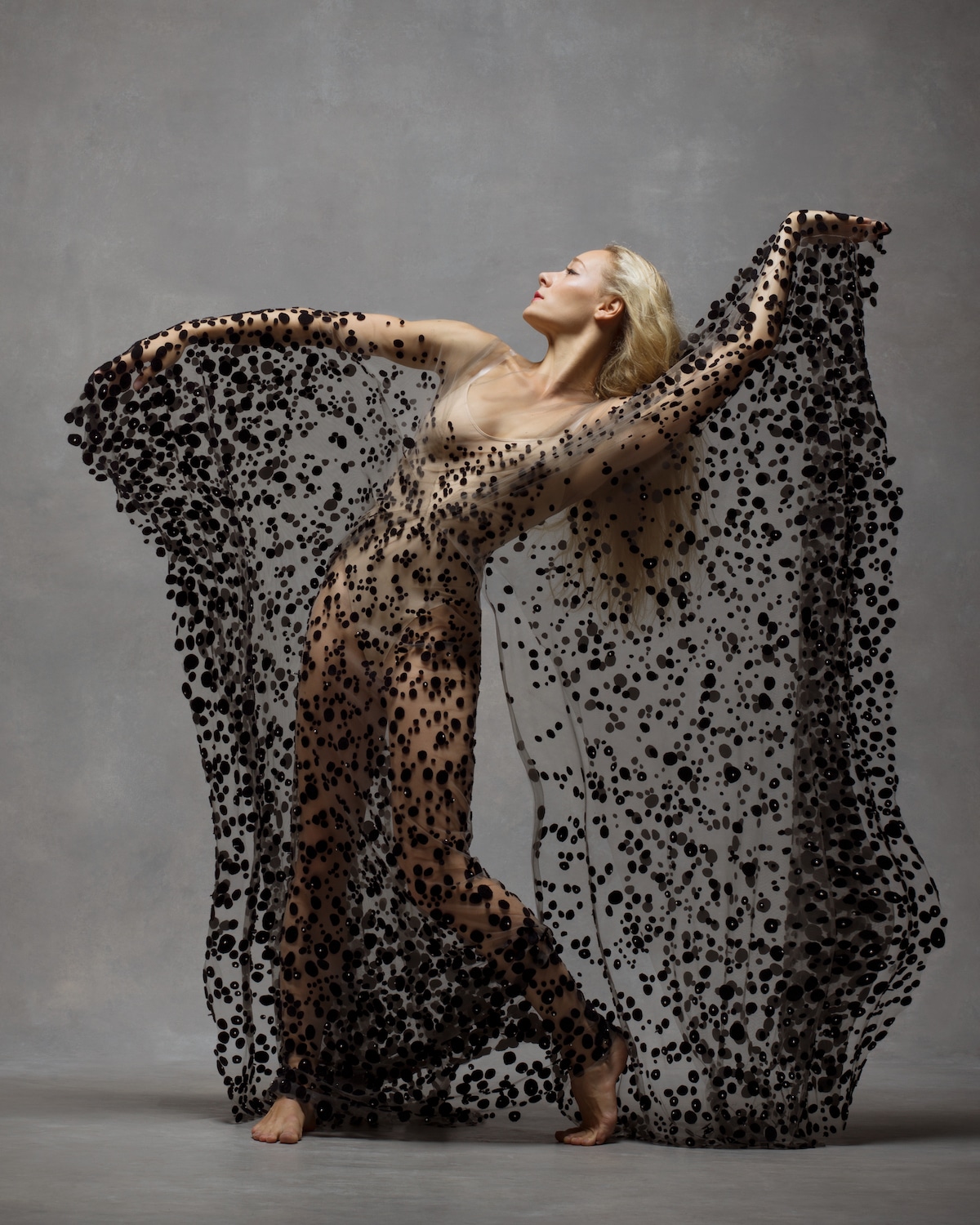
Charlotte Landreau (Soloist, Martha Graham Dance Company). Clothing by Iris Van Herpen.
Why do you think that dance and fashion are so intertwined?
Dance and fashion naturally intertwine. No one can move, or bring life to an item of clothing quite like a dancer. Even when you see a child put on a dress—they twirl in circles to see how it moves with them. Once you put the clothing on a professional dancer, it takes on a new life, adds expression, feeling and shape to the clothing. So fashion naturally becomes intertwined with dance.
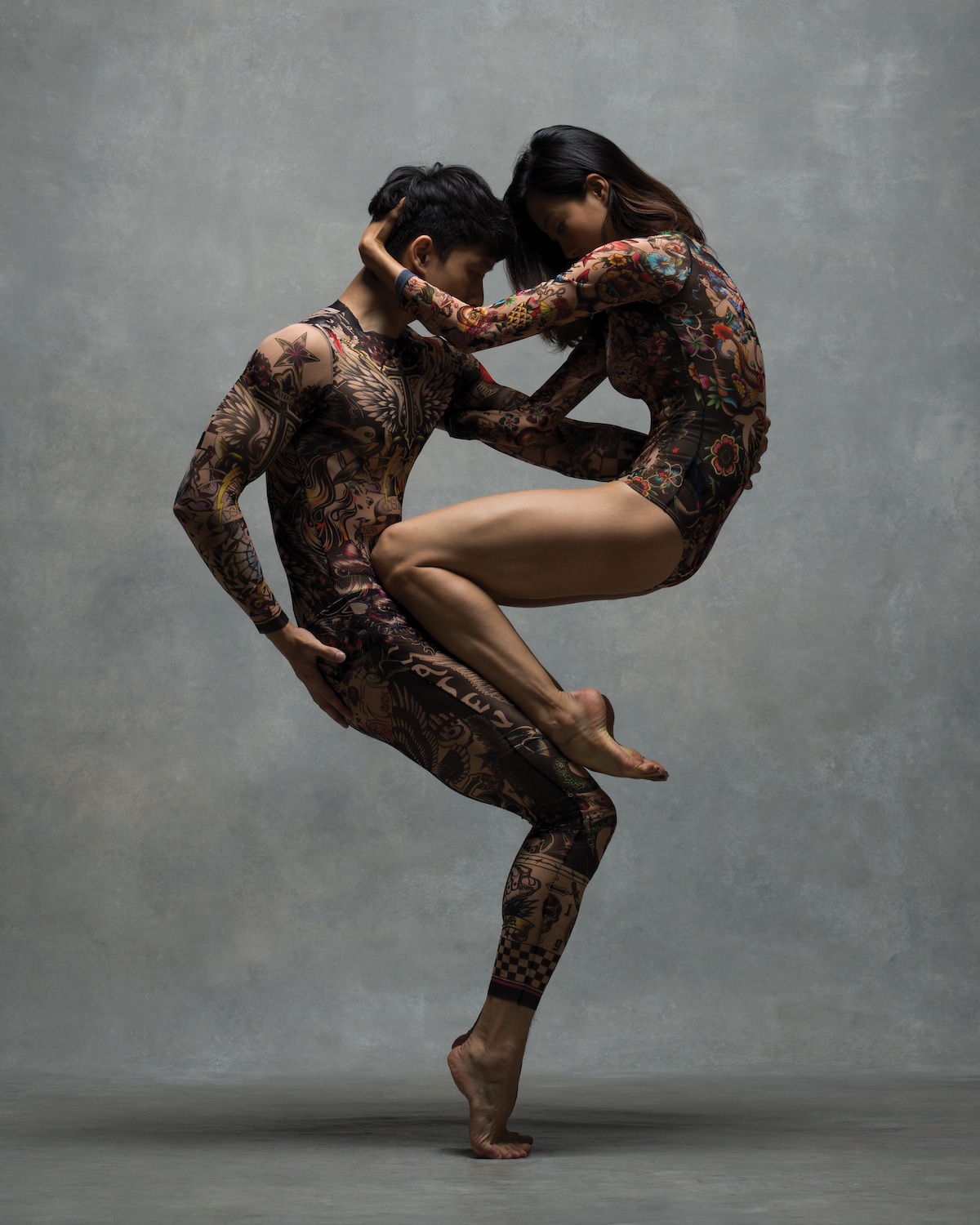
Bruce Zhang(American Ballet Theatre) and Wanting Zhao (Soloist, San Francisco Ballet). Clothing by DSquared2.
How was the experience of putting together this book different than The Art of Movement? Did you feel any added pressure given how successful the last publication was?
It was different and, in some ways, more complicated putting this book together, as we had to coordinate clothing for each dancer. We also had to make sure we could coordinate getting the appropriate pieces for each dancer, and timing was often a challenge. Although having had a successful first book made it easier to get access to the clothing and, of course, to the dancers.
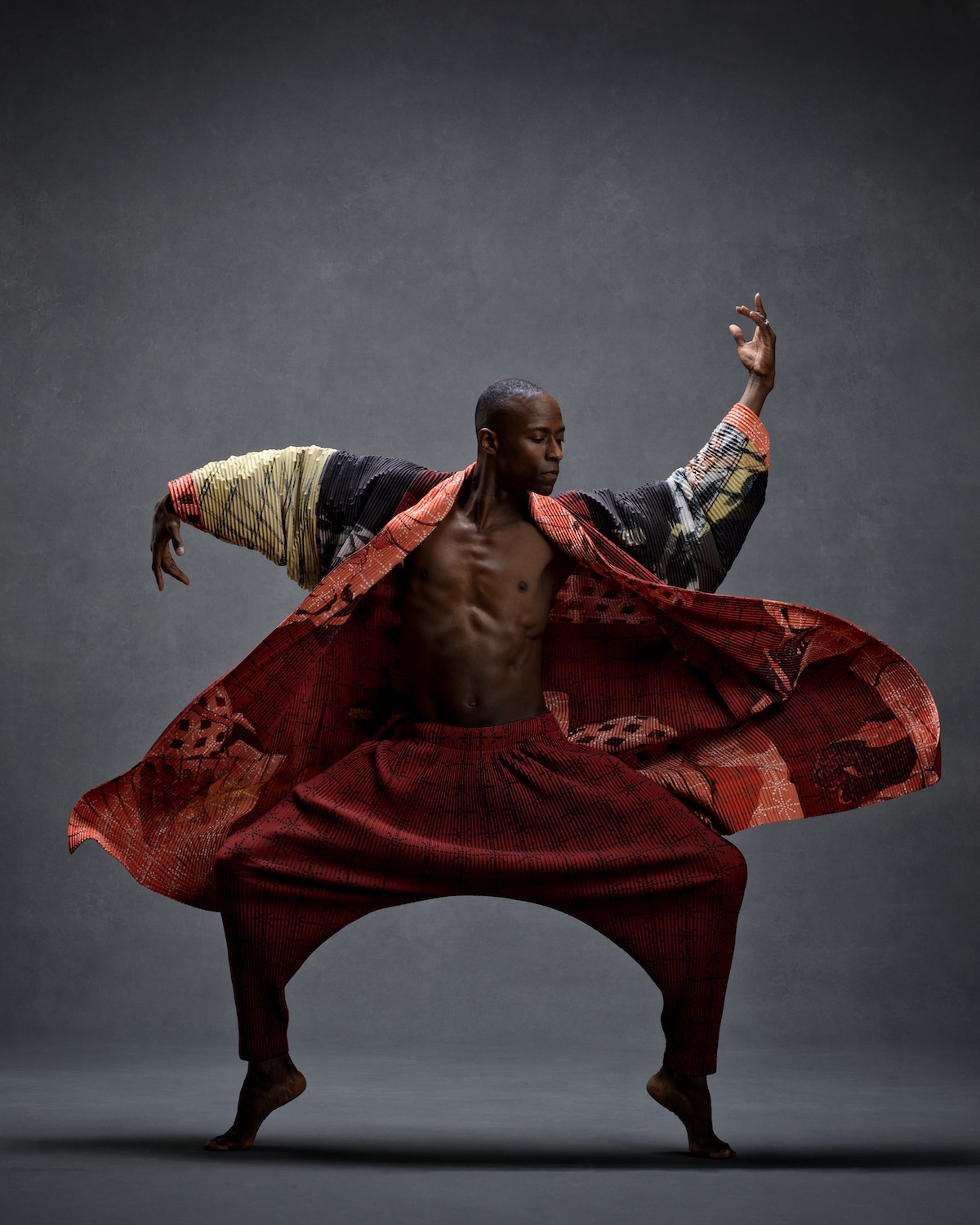
Samual Lee Roberts (Alvin Ailey American Dance Theater). Clothing by Issey Miyake.
How have you grown as creatives as the project has continued?
We are always growing and changing as creatives. It’s easier for us now working with dancers and other artists, and the process becomes smoother; especially the second and third time we work with a dancer.
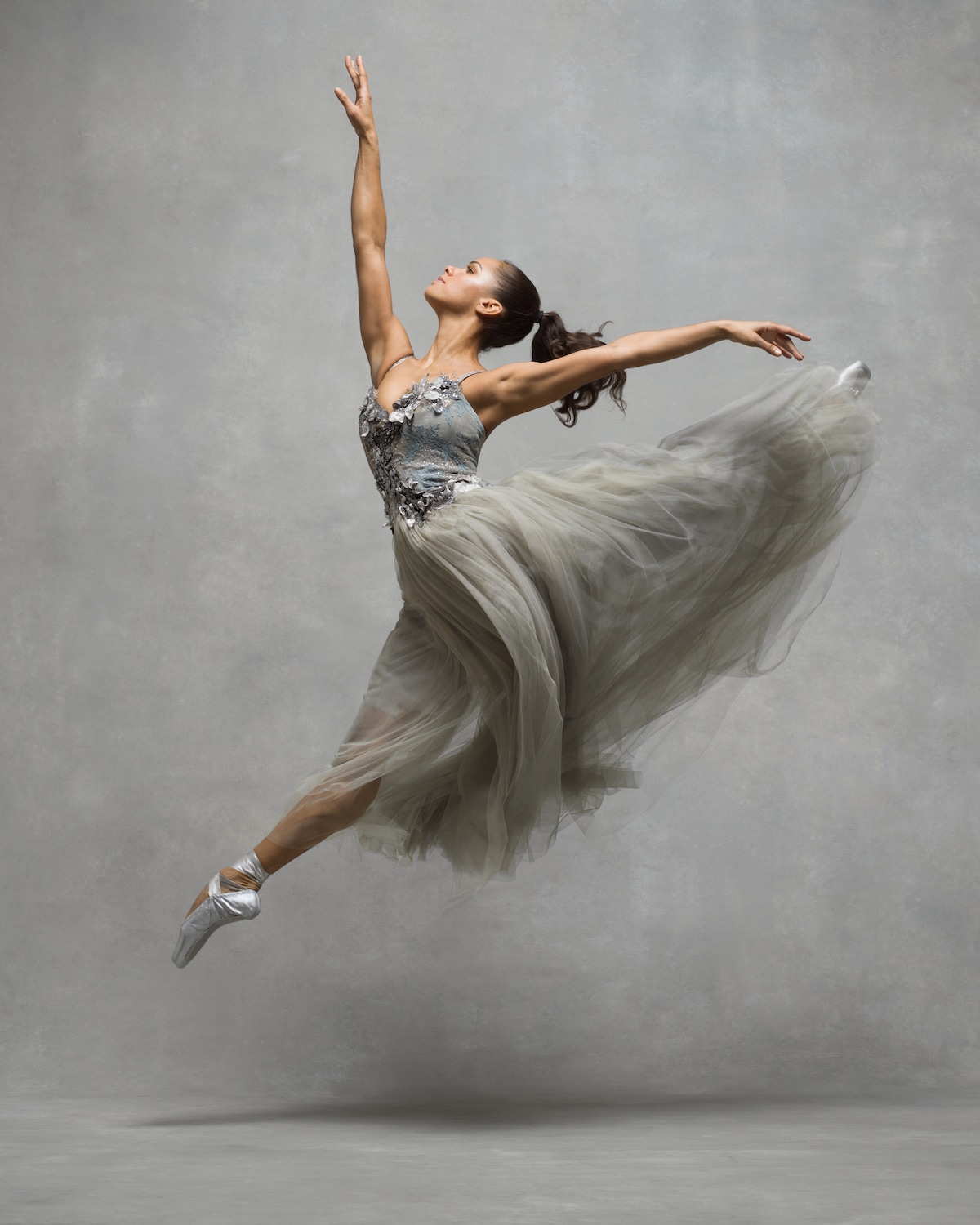
Misty Copeland (Principal, American Ballet Theatre). Dress by Trash-Couture.
What can we look forward to next?
We love working with dancers and would like to continue that kind of project. We are interested in exploring working on location, perhaps across the globe, as well as in making more films.

Sasha De Sola and Angelo Greco (Principals, San Francisco Ballet). Clothing by Marchesa.














































































